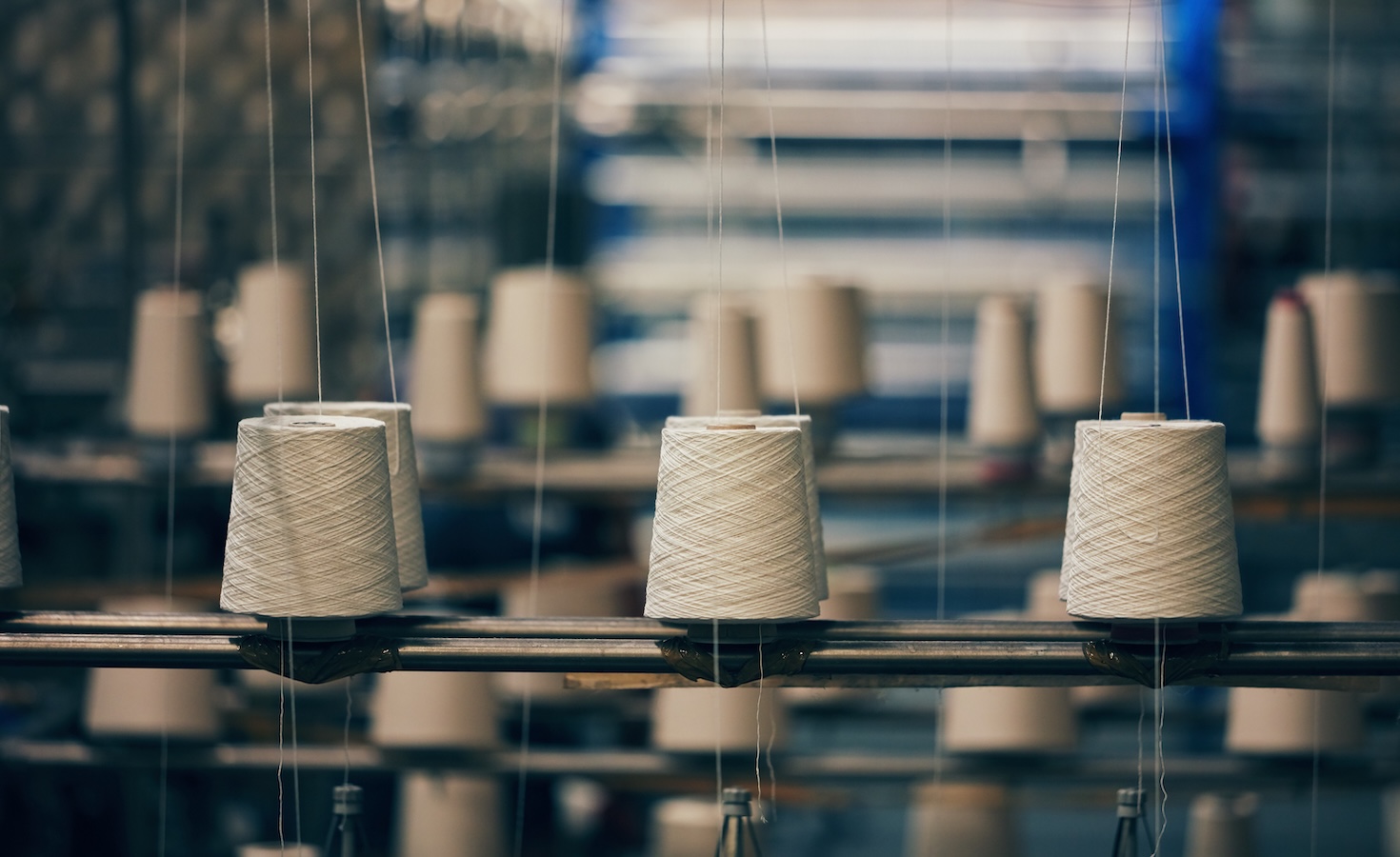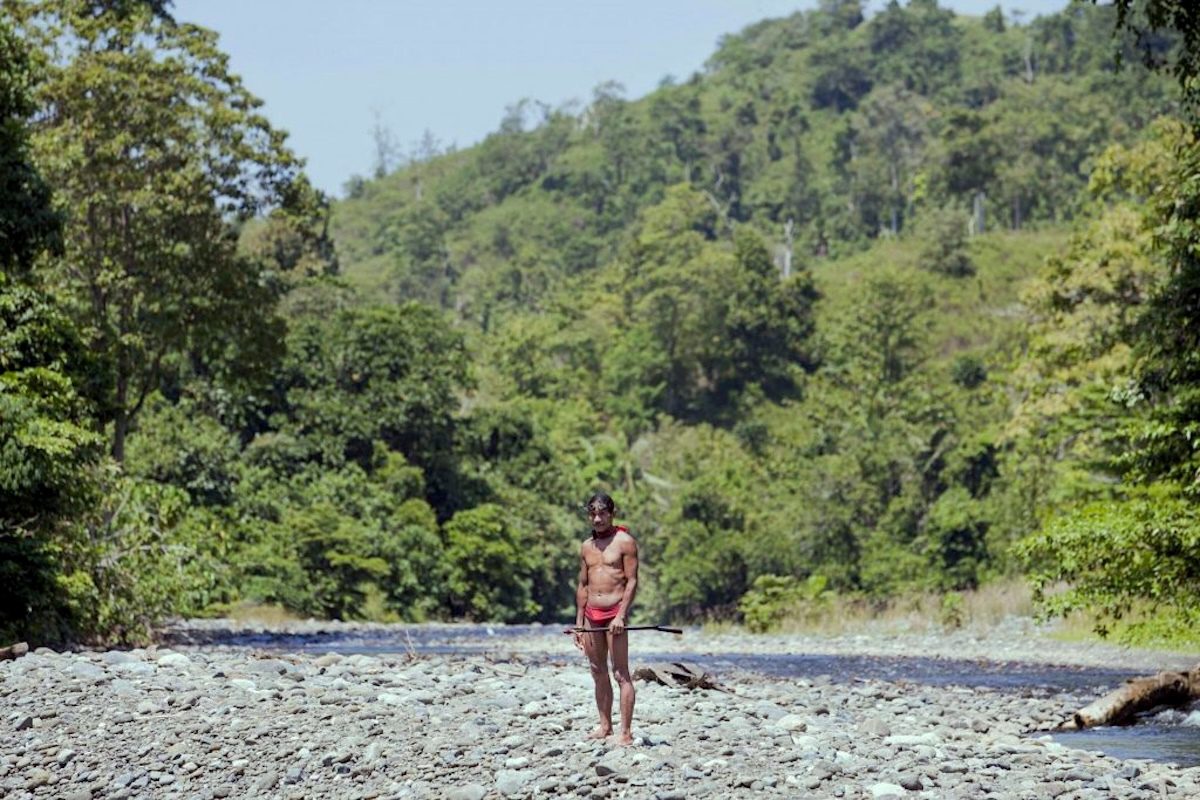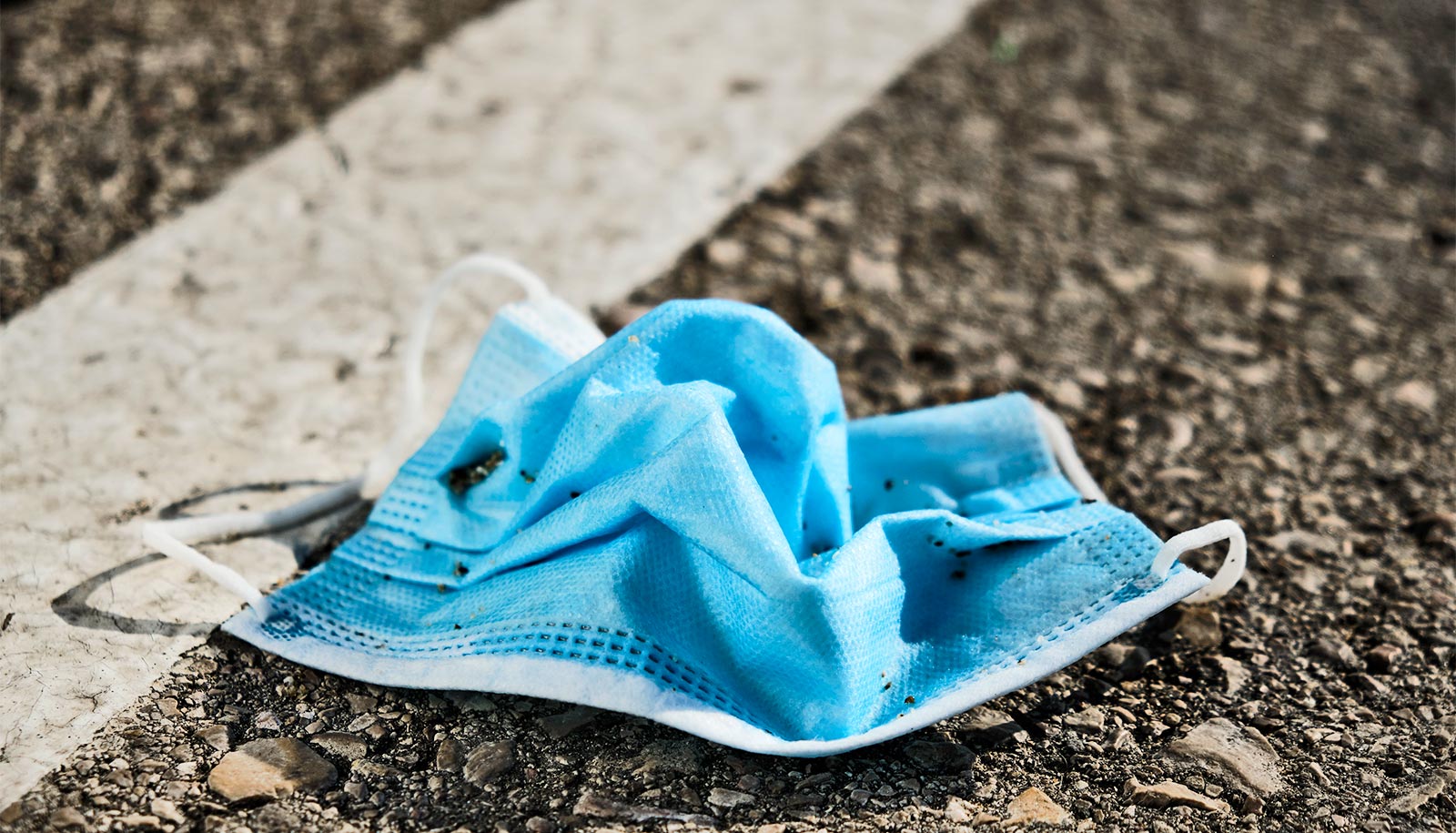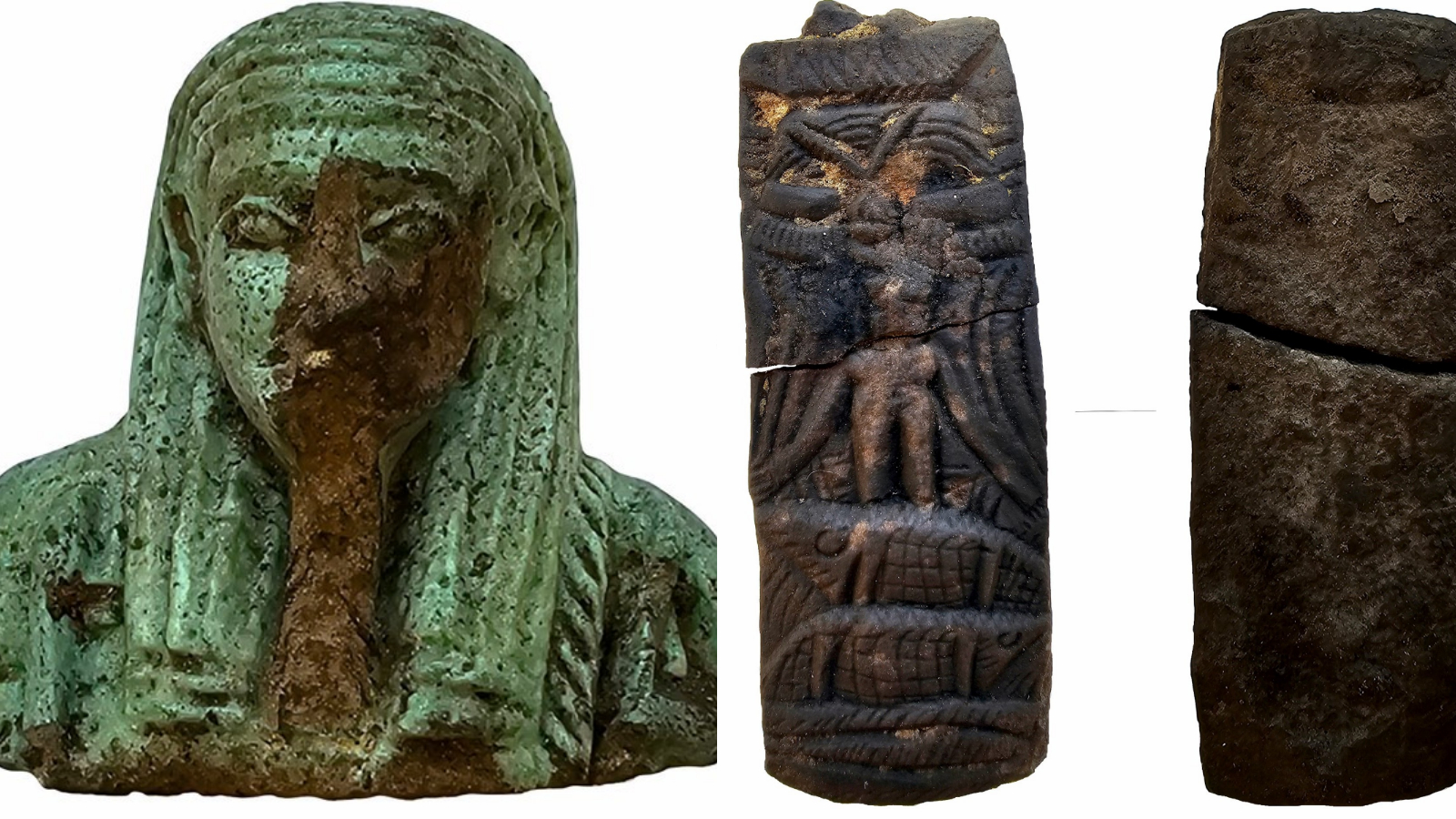How to tie your shoes (for every activity)
Because the wrong knot can ruin your run or your whole day. The post How to tie your shoes (for every activity) appeared first on Popular Science.

It’s a huge milestone and accomplishment when we learn how to tie our shoes as kids, but we rarely rethink the process as adults. Yet whether you’re chasing a personal best, trekking a mountain trail, or simply making a fashion statement, your lacing technique can make or break your experience. Blisters, black toenails, numbness, and poor performance often start with how your foot moves inside your shoe, and stability begins with your knot on the outside. Shoes are a foundational piece of fitness gear, alongside a water bottle and maybe some headphones. And small changes to your lacing can mean fewer injuries, better fit, and more comfort across the board, so we’ve gone beyond the granny knot and tied together advice on the best approach to every activity.
Why your laces matter more than you think
Sure, you could change the entire way you walk. But the way you secure your shoes directly impacts pressure distribution, foot stability, and the risk of injury. James T. Rodgers, a UESCA-certified coach and endurance expert, says, “The key to running and lacing your shoes is to eliminate movement within the shoe while avoiding pressure points that could cause blisters or numbness during longer distances.”
A standout method? The Runner’s Loop (also called a heel lock) is a favorite among coaches, therapists, and serious runners.
“The ‘runner’s loop’ has really become the default lacing method for pretty much every long-distance runner I work with,” says Coach Amanda Grimm, a personal trainer and certified running coach who works with clients across the world through We Run. “Just look down at your next race—well over 50% of runners will have their shoes laced this way.”
The best lacing techniques by activity
Different movements call for different support. Match your lacing style to your sport for a better fit, greater comfort, and enhanced performance.
Running
Whether you’re logging miles on pavement, trail, or track, proper lacing can improve comfort, reduce pressure points, and help prevent common running injuries.
Goal: Lock the heel, reduce blisters, avoid toe trauma
Try: Runner’s Loop (Heel Lock)
This technique utilizes the top eyelets of your shoe to cinch the heel without over-tightening the midfoot. It’s particularly beneficial for long runs, races, and downhill terrain.
“The main difference is that when you lace your running shoes in the standard way, the tension is distributed evenly across the whole shoe,” says Grimm. “The runner’s loop creates more tension around your ankle and heel, keeping your heel more securely in place and reducing rubbing.”
How to do it:
- Lace normally to the second-to-last eyelet
- Thread each lace up into the final eyelet on the same side (don’t cross)
- Create loops on each side
- Cross laces and thread each through the opposite loop
- Pull tight and tie as usual
“This effectively locks your heel into the heel counter of the shoe,” says Troy Hurst, a runner and Doctor of Physical Therapy specializing in performance running and outpatient orthopedics. “From a biomechanical standpoint, the benefits of a runner’s loop center on stability and injury prevention. By securing the calcaneus [heel bone] within the shoe’s heel counter, you minimize this shearing force, creating a much more comfortable and efficient running experience.”
Toe pain or bruising (Runner’s Toe)
Repeated impact in the toe box, especially on downhill runs, can lead to bruised toenails or discomfort at the front of the foot.
Goal: Prevent toenail damage
Try: Toe Relief Lacing
Start at the second eyelet, skipping the first to take pressure off the front of the foot.
“This reduces the inward pull on the material around the metatarsal heads, giving your forefoot more room to splay naturally during your stride,” says Hurst.
High-arch lacing
Goal: Relieve pressure on the top of the foot
Try: Skipping certain eyelets in the middle of the lacing pattern. This creates extra space over the instep to reduce discomfort while maintaining foot stability. It pairs well with the runner’s loop for a secure, comfortable fit.
Hiking
Long treks and uneven terrain demand stability and comfort. Smart lacing can reduce hotspots, prevent toe bang, and keep your foot secure in motion.
Goal: Adapt to swelling, relieve pressure
Try: Window Lacing
For high insteps or top-of-foot pressure, skip a set of eyelets near the sensitive area.
“Skip lacing creates a ‘window’ with no lace pressing over pressure points,” explains Hurst. “It can provide immediate relief to the underlying bones and extensor tendons.”
Xpand No-Tie Shoelaces can be laced your way, and then, with the anchor locked into place, they stretch with your feet but stay secure, making them ideal for long-distance hikes.
Field sports (Soccer, Football, Baseball)
Quick cuts, sprints, and sudden stops require solid foot lockdown. Sport-specific lacing can enhance stability, reduce slippage, and help prevent injuries during high-intensity play.
Goal: Lockdown fit for quick changes and lateral moves
Try: Surgeon’s Knot and Double Bow
Anchor midfoot tension with a Surgeon’s Knot, a double-wrapped loop that grips tighter and keeps laces from slipping, then finish with a Double Bow, tying the loops again to keep your knot secure through fast cuts and hard stops. Or go elastic for a snug, no-fuss fit that flexes with every move.
Consider Lock Laces, featuring a spring-loaded fastener that won’t budge, preventing your shoelaces from coming undone during a race. This ensures a secure fit, allowing you to focus fully on your performance without interruption.
Everyday streetwear and sneakers
For all-day wear, comfort and style go hand in hand. Adjust your lacing for better fit, pressure relief, or just to add a personal touch to your look.
Goal: Easy on/off, clean lines
Try: Straight Bar Lacing
Straight across for a tidy, minimal look. Pair with elastic laces for slip-on ease.
For a sleek look and fit, try an alternative to laces with Hickies that let you customize sturdy grips across each eyelet and adjust tension for complete comfort and aesthetics.
Choosing the right laces
When using the runner’s loop or other lacing techniques, the type of shoelace you choose can also impact comfort, fit, and performance. Different laces offer unique benefits and drawbacks depending on your foot shape, running style, and preferences. Here’s a quick guide to some common lace types (and don’t forget to remove old laces carefully to avoid eyelet damage … and match lengths in both shoes):
Flat laces
Flat laces tend to stay securely tied and distribute pressure evenly, making them a popular option for many road and long-distance runners. They offer a reliable fit and generally help prevent hotspots. Try SofSole 45″ Flat Running Laces from Dick’s Sporting Goods.
Round laces
Round laces are often more durable, though they can sometimes loosen more easily, creating more localized pressure points compared to flat laces. But that toughness makes them a great choice for trail running.
Oval laces
Oval laces strike a balance between flat and round, offering both flexibility and a snug fit that accommodates various foot shapes.
Reflective laces
Reflective laces enhance visibility during low-light runs, adding a safety feature without compromising on comfort or fit. Try the White 3M Reflective Rope Laces from Lab Lace, available from 30 to 54 inches.
Elastic no-tie laces
Elastic no-tie laces offer convenience and consistent tension without requiring retightening. They’re great for quick transitions or runners with limited dexterity, but may offer less customization than traditional laces. Try Nathan Run Laces or Caterpy Run for stretch-and-lock convenience—no knots needed.
Don’t forget: Feet are dynamic
Hurst says, “It’s crucial to remember that your feet are dynamic structures.” They change throughout the day and during different activities. They swell, flex, and shift. Smart lacing adapts to that.
“The goal of any lacing strategy should be to secure your foot within the shoe to prevent excessive movement while simultaneously eliminating any ‘hot spots’ or points of uncomfortable pressure.” He also suggests you try out a few different techniques to find one that suits you and your feet best. “What works for one person may not work for another, so listening to your body and adjusting accordingly is the key to finding the perfect, pain-free fit.”
And if discomfort persists? Consult a physical therapist or podiatrist to assess your gait and foot structure.
Tying it all together
The proper lacing technique can transform your shoe from a blister factory to a tailored support system. Whether you’re running a marathon or running errands, these tiny tweaks—whether diagonal, parallel, et al.—go a long way when you’ve got a long way to go. And regular cleaning, avoiding over-tightening, and keeping moisture under control can help your laces remain reliable. The next time you lace up, give your feet the respect they deserve and tie smart.
The post How to tie your shoes (for every activity) appeared first on Popular Science.
























































































































































